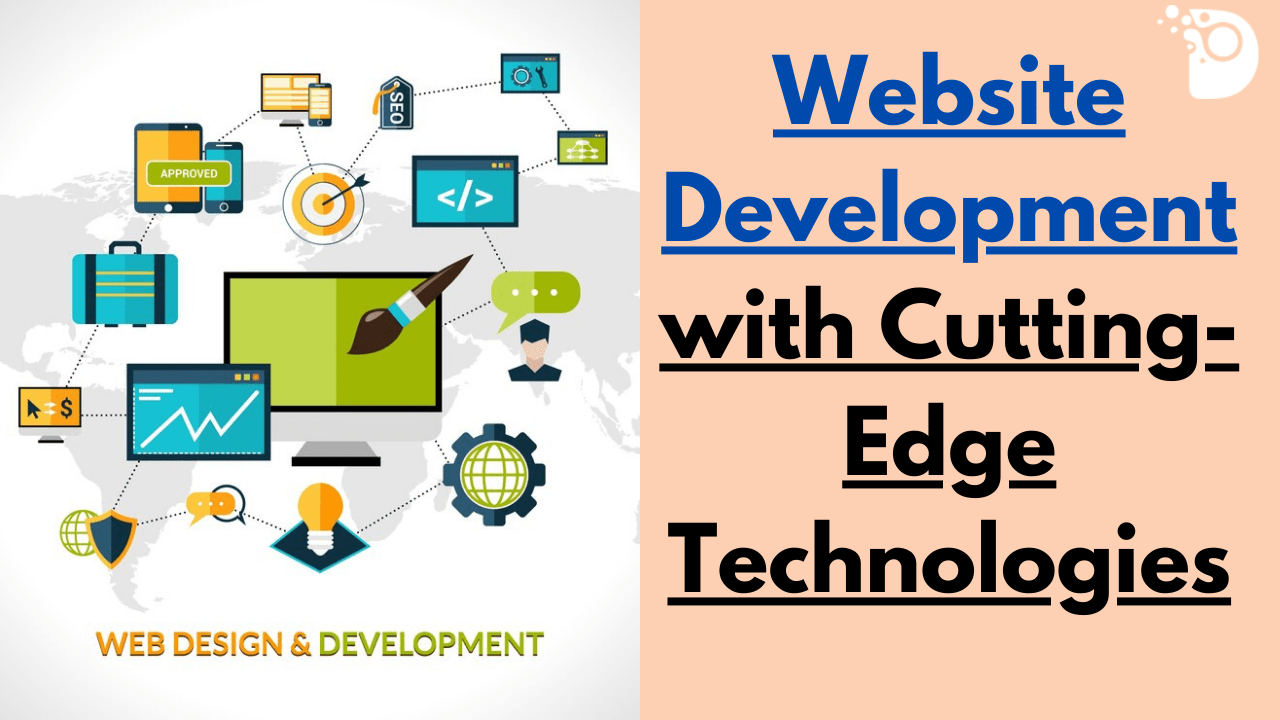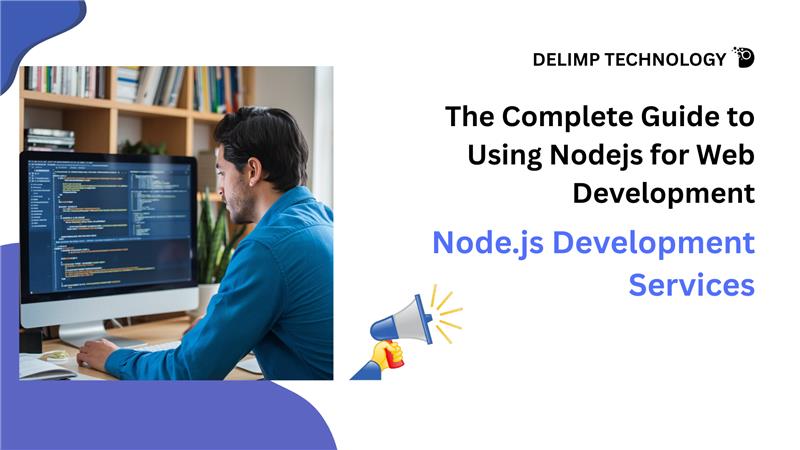In today’s world your website is your first point of marketing and is the first place you meet your clients. It is the first interface that the consumers you hope to attract come into contact with, and in a society that is increasingly characterised by short attention spans, this is paramount. But what makes the difference between an actual successful website within the plethora of websites, and a website that is simply swimming in the sea of obscurity? The answer: the advancement of long-lasting and future-looking strategies in the construction of websites.
Here’s the truth: webs constructed with low technological standards slow down the progression of a business and can be referred to as Site Anchors. Consider this: Adobe recently ran a study showing that 38% of web site visitors will abandon a site if its content is below par or if the layout is inferior. Yikes!
Well, what are these innovative technologies used in website development and how can they help you are likely to be asking once you are done reading this article? Let’s dive in!
Artificial Intelligence (AI) and Machine Learning (ML): What is tremendous today is that through the use of new technologies, you can create an awesome personalization powerhouse.
That website I was telling you, that website that supports every action you are going to take with a response, exactly, before you even think of making the move. That is what makes AI-ML the best in website designing in the current stand. They enable websites to gather information on visitors’ activities and interests and use this data to personalise the content of the site and the products advertised.
Website Development with Cutting-Edge Technologies
For example, an e-Commerce company could monitor a visitor’s activity on the site and then target them with suggestions for other relevant products. The level of personalization here greatly enhances the user experience and consensus percentages. Accenture has provided a detailed insight and research that proves that personalization translates to improved customer satisfaction, which can go as high as 64%.
Voice Search Optimization: The fluffy text ‘Speak Up and Get Found’ is the first one in the book that will appeal to children and get them stretching their voices.
Let me share nice news with you: typing is no longer quite the tiring process as it used to be. The advancement of cutting-edge technologies like voice search is incredibly significant at this moment and many businesses can no longer ignore it.
Suppose a potential client is to ask, “What is the best bakery close to me?” By ensuring that your website is visible to such specific strings of a question that users may inquire out loud, you stand a higher chance of your baking firm appearing on voice search results.
Progressive Web Apps (PWAs): People are now designing mobile applications that are in between a mobile application and a website so that users can access it from their web browser too.
On this note, one would look forward to having a website that works as a mobile application; this is what the PWAs offer. Progressive Web Apps (PWAs) are essentially web applications which replicate the mobile app experience but function like websites; they support feature like offline mode and push notifications etc.
Of particular interest here is the fact that the use of this technology in website development is especially advantageous in business organizations that heavily rely on mobile interaction. According to a Statista study mobile phone usage constitutes over 50% of all worldwide web traffic.
Augmented Reality (AR) and Virtual Reality (VR): Creates Encapsulating Solutions that Compel
Thanks to today’s advanced technologies, people can experience AR and VR in real life having left these notions’ applicability in the sphere of science fiction. These technologies are becoming transformative in the way the designs of website development are constructed, and how the users’ engagement is obtained.
Picture the fact that a company that sells furniture could apply the use of AR in a manner that would enable users to try furniture in their homes. Or, a florist using VR to deliver fresh flowers to clients, a travel agency specialising in VR-tourism.
Conclusion
Website development is not something that ends once a website is published. As a result, one should continue controlling user interactions, market movements, as well as new tech innovations to stay ahead. By accepting the future, one is assured that beyond just a showcase for your business online, your website will also be an effective platform that determines success in the future.
Frequently Asked Questions (FAQs)
Q1. What does it mean to future-proof my business website?
Ans. Future-proofing your business website involves designing and developing it using the latest technologies and best practices to ensure it remains relevant, functional, and competitive as digital trends and user expectations evolve.
Q2. Why is using cutting-edge technologies important for website development?
Ans. Utilizing cutting-edge technologies ensures your website can leverage the latest advancements in speed, security, user experience, and functionality. This not only improves overall performance but also helps attract and retain users in a highly competitive digital landscape.
Q3. What are some examples of cutting-edge technologies I should consider for my website?
Ans. Some cutting-edge technologies include Progressive Web Apps (PWAs), responsive design, artificial intelligence (AI) and machine learning (ML) for personalized user experiences, advanced cybersecurity measures, and accelerated mobile pages (AMP) for faster loading times.
Q4. How can AI and ML improve my website’s user experience?
Ans. AI and ML can analyze user behavior and preferences to deliver personalized content, product recommendations, and targeted marketing. These technologies can also enhance customer service through chatbots and virtual assistants, providing instant support and engagement.
Q5. What are Progressive Web Apps (PWAs) and why are they beneficial?
Ans. Progressive Web Apps are web applications that offer an app-like experience on mobile devices. They are beneficial because they load quickly, work offline, and provide a seamless user experience, similar to native mobile apps, without the need for app store downloads.





